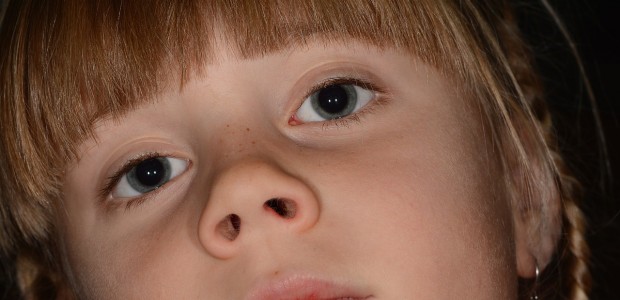{Intro]We are surrounded by thousands of sights, sounds, smells and other sensory stimuli. [/intro]
Consciously we can process only a limited amount of stimuli, and the decision on which stimuli are to be processed in each situation is of paramount importance. Without efficient filtering and selectivity of attention, the child cannot make sense of the environment. Differences in attentional functioning may be central to many social deficits and cognitive differences in persons with autism. Sensory issues and attentional issues are closely connected. The inability to filter out information (gestalt perception –https://integratedtreatmentservices.co.uk/blog/gestalt-perception-autism-superability-deficit/) and to distribute different amounts of attention may result in increased distraction and overload. Involuntary responses to irrelevant stimuli interfere with processing relevant information.
In order to avoid sensory information overload, autistic people acquire voluntary and involuntary strategies and compensations, such as mono-processing, when they focus their attention to one single channel, or so-called ‘tunnel perception’ (narrowly focused attention), when they concentrate on a detail instead of a whole. Autistic individuals often compare this attentional pattern with having ‘a mind like a flash-light’, ‘a laser pointer’ or ‘a laser beam’ that highlights only a single dot (an area of high focus) that they see very clearly while everything around it is grey and fuzzy).
Another problem autistic children experience is difficulty in switching attention. For many of them shifting attention from one stimulus to the other or from one sensory modality to the other is a relatively slow process that results in a sort of pause or delay of reaction.
Distractions in the classroom make it hard (if not impossible) for an autistic child to focus on what the teacher is saying or what work should be done at the moment.
This ‘too slow attention switching’ process may be caused by delayed processing of each stimulus. [https://integratedtreatmentservices.co.uk/blog/delayed-processing-in-autism/]
Autistic children are reported often not to notice other people because for them, people seem no more (or even less) important than objects. They appear to ignore people or use them as ‘tools’ to get what they want. The explanation for this can be that because of attentional and perceptual problems autistic children are unable to divide their attention between the object they want and the person ‘on their way’ and process separate ‘pieces of information’ (the person and the object, or even parts of them) simultaneously. In this case they do not ‘perceive’ the person as a person or notice the presence of the person at all.
It is a typical description of autistic children that they are asking for something (with the phrases they have been taught to use) in an empty room, i.e. addressing nobody. The child might concentrate all his attention and energy on the learned phrase and performing it, and he cannot simultaneously appreciate that there should be someone to whom he is supposed to address the request.
The failure/difficulty of autistic people to establish and maintain joint attention (i.e. the ability to attend to the same stimuli as the other person) leads to the failure to share experiences. As a joint attention task involves a divided attention task when a child should attend to both the object of the joint attention and the person with whom the experience should be shared, an autistic child often finds it hard to monitor both of these (if he works in ‘mono’ or has ‘tunnel vision’) and either fails to attend to the object of joint attention or to the other person’s shifts of attention.
For learning language, joint attention is essential. A child connects a new word with the object of joint attention. A deficit in joint attention affects the way autistic children learn new concepts. They may hear the word and remember it in connection with either a part of the object they are attending to at the moment, or the whole object (different from the object of joint attention but at their ‘flashlight’), or even the whole scene (gestalt perception), or sensation they are experiencing at the moment. For example:
“When I was very little, I remember forming wrong associations between words and objects. For instance, when I heard the word banana while I was looking at a cloud, I labelled the cloud “banana”. Then I’d get very confused when in another instance, I looked at the cloud and someone said the word table. I would wonder whether some clouds were called bananas and some tables” (Mukhopadhyay).
The main thing is not to assume that autistic children will always pick the same thing as we might do. For example, a teacher shows a picture of a car: ‘This is a car’, but a child might focus on the reflection of light on the teacher’s earring and learns the word with his private meaning; another child might feel itchy and refer the teacher’s comment ‘this is a car’ to the sensation he is feeling at the moment. In this case, all instructions should be explicit (‘Look at what I am looking/what I am holding’, etc.); the child should be given enough time to switch attention from what he was doing to you, and then to the object you are talking about. If he looks in the same direction as you do, do not assume he sees the same thing. Always try to ‘see’ from the child’s perspective.
References
Mukhopadhyay, T. (2008) How Can I Talk If My Lips Don’t Move. NY: Arcade Publishing.
Written by Olga Bogdashina on behalf of Integrated Treatment Services










